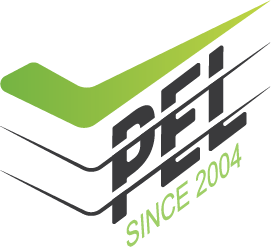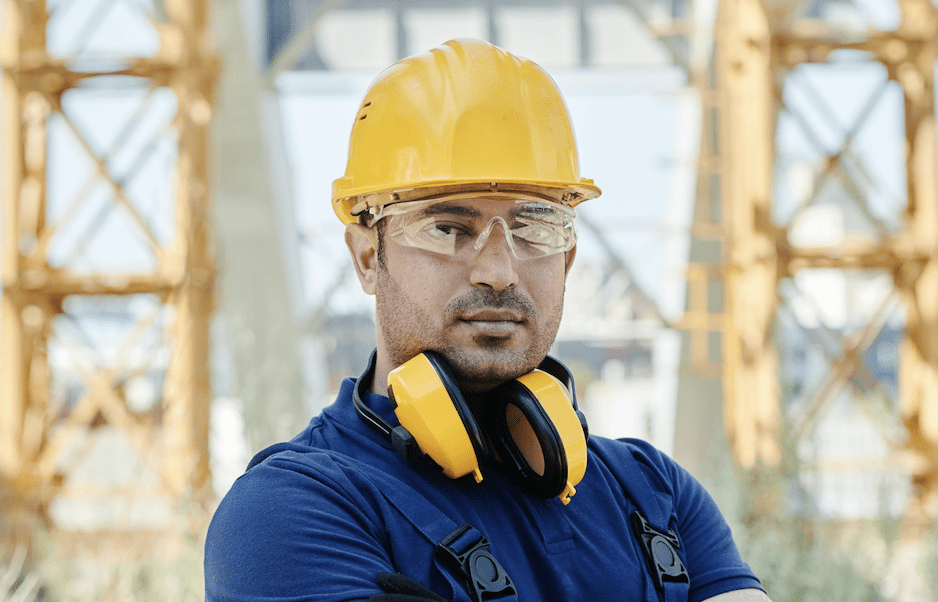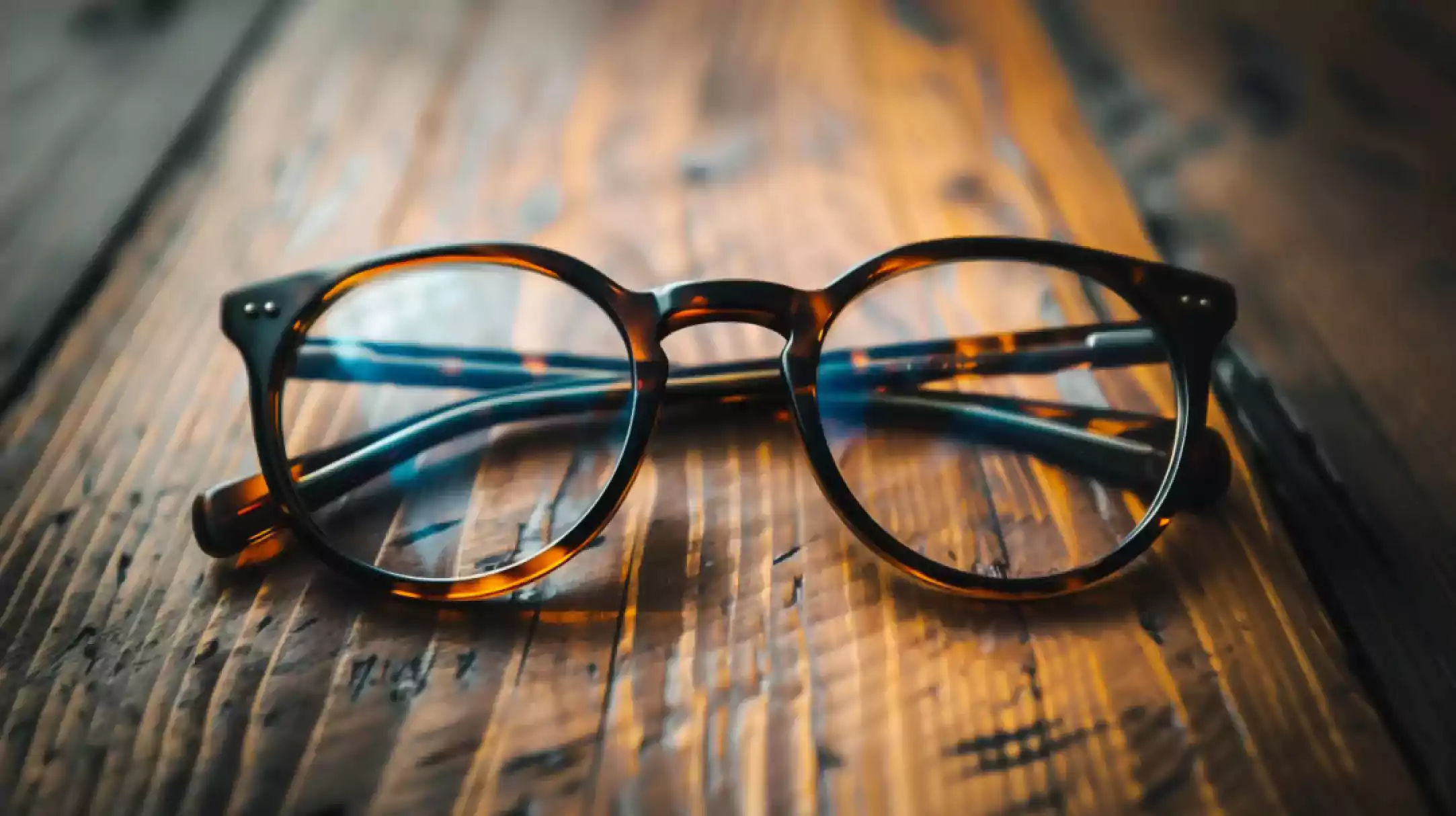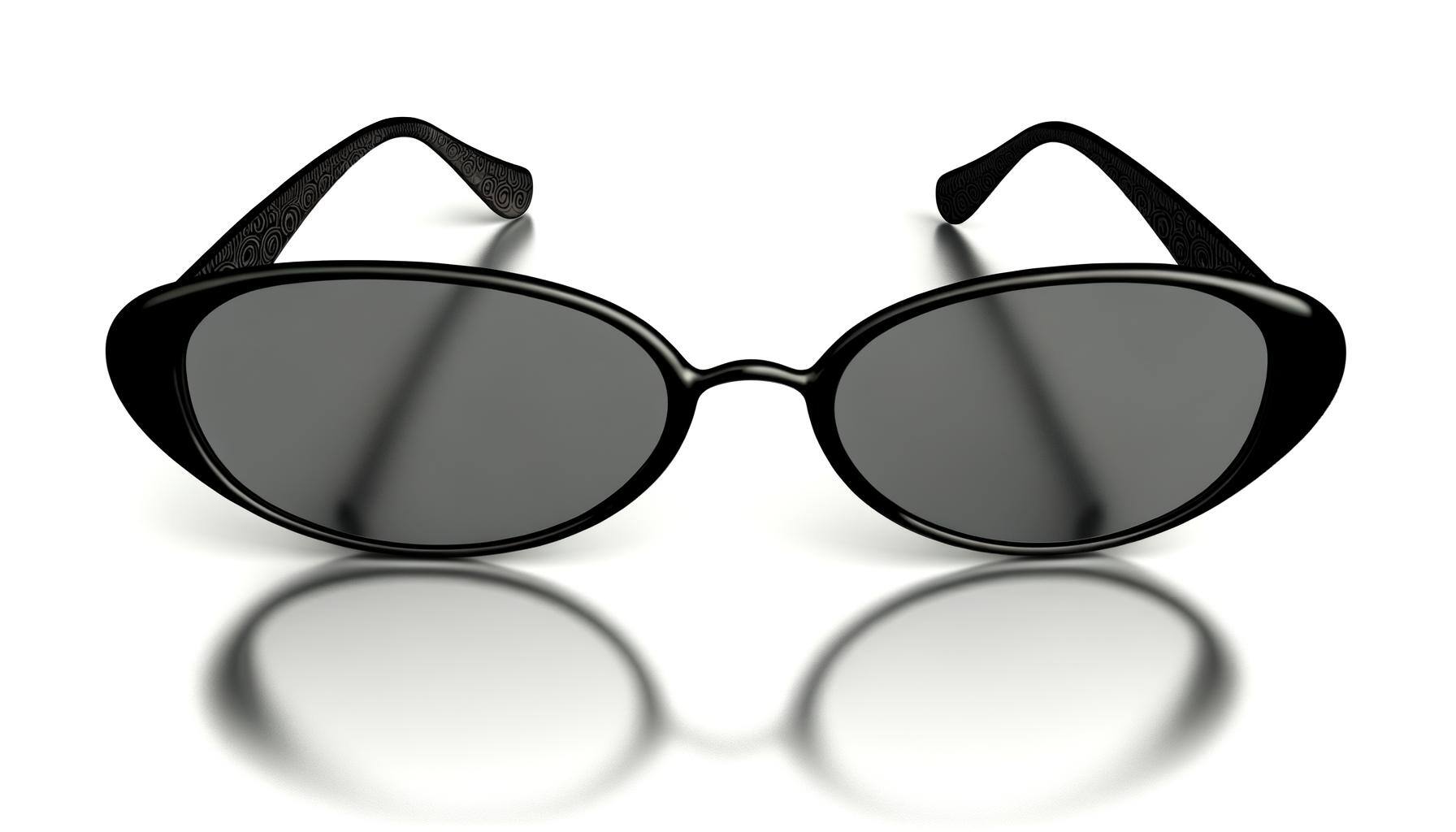Would you risk the safety of your or your family’s eyesight? Safety glasses can mean the difference between losing one's eyesight or clear vision for the rest of your life. If you wouldn’t risk your eyesight, why would you risk your clients’? As a safety glasses manufacturer, you must be 100% sure that the PPE safety glasses you put on the market do exactly what they’re supposed to.
The Importance of Safety Glasses
Safety glasses are crucial for industries where occupational hazards risk eye health. Safety glasses are a barrier against threats like flying debris, chemical splashes, and harmful UV radiation. When choosing safety glasses, customers must understand their workplace requirements and whether they need them to be impact-resistant, chemical-resistant, or UV-protective. For businesses and safety professionals, prioritising the use of certified safety glasses is a critical step in maintaining a safe working environment and protecting the well-being of employees.
Worldwide Quality Requirements for Safety Glasses
The safety and reliability of safety glasses rely on adherence to requirements and standards designed to objectively assess the protective capabilities of safety eyewear. Five main geographical regions have related standards and requirements for the safety glasses product category. These include:
- USA
- Europe
- Asia Pacific
- Canada
- China
Each of these regions has its own related safety glasses requirements. While the requirements differ across the five geographical areas, the main tests to fulfil these requirements are the same, as seen in the table below:
|
Product Category |
Target Market |
Related Standards |
Main Tests |
|
Safety Glasses |
USA |
|
|
|
Europe |
EN 167 EN 168 |
||
|
Asia Pacific |
AS 1337.1 AS 1337.6 |
||
|
Canada |
CSA Z94.3 |
||
|
China |
GB 14866 |
Tests Within Safety Glasses Requirements
To pass the safety glasses requirements, producers put their products through a series of tests in order for them to be accredited with the relevant standards. Amongst the many tests, we have chosen the field of vision and protection against high-speed particles to focus on.
Field of Vision
The size of the field of vision is defined in conjunction with the appropriate head form as described in clause 17 of EN 168:2001.
Eye protection should exhibit a minimum field of vision defined by the two ellipses in the figure below:
When glasses are placed and centred 25 mm from the eyes' surface of the appropriate head form, the horizontal axis should be parallel to and 0.7 mm below the height connecting the centres of the two eyes.
The horizontal length of the ellipses shall be 22.0mm, and the vertical width shall be 20 mm. The centre distance of the two ellipses shall be d = c + 6mm, where c is the pupillary distance. If the manufacturer does not specify otherwise, the pupillary distance should be 64 mm for the medium head form and 54 mm for the small head form.
Protection Against High-Speed Particles
Safety glasses intended to protect against high-speed particles must withstand the impact of a 6 mm nominal diameter steel ball with a minimum mass of 0.86 grams. The test simulates real-world conditions by propelling the steel ball at the protective eyewear at speeds based on the safety eyewear product category (goggles, spectacles, or face shields) as the EN 168:2001 standards dictated. The eyewear is mounted on a test rig to ensure consistent positioning, and the steel ball is fired at critical points across the lens and frame to evaluate their combined resistance to impact.
During testing, the following defects would culminate in immediate negative results:
- Ocular fracture: An ocular is considered to be fractured if:
- It cracks into two or more pieces
- If more than 5 mg of the ocular material becomes detached from the surface away from the one struck by the ball
- If the ball penetrates through the ocular
- Ocular deformation: An ocular is considered to have been deformed if:
- A mark appears on the opposite side of the ocular material to that struck by the ball
- Ocular housing or frame failure: An ocular housing or frame is considered to have failed if:
- It separates into two or more pieces
- It’s no longer capable of holding an ocular in position
- An unbroken ocular detaches from the frame
- The ball passes through the housing or frame
- Lateral protection failure: The lateral protection is considered to have failed if
- It fractures through its entire thickness into two or more separate pieces,
- One or more particles become detached from the surface remote from the impact point
- It allows the ball to penetrate completely
- It partially or detaches from the eye-protector
- Its parts become separated
Here’s what a dropball test looks like in real life from Fuse Lenses:
What to Expect from a Safety Glasses Requirement Test Report
Once a safety eyewear product has been tested, a test report based on seven key components will be created, which outlines the test results and the standards referenced during the testing process.
7 Key Components of the Test Report
- Sample Description: Identification of the safety glasses, including model number, material, type, colour, quantity, and origin.
- Standards Referenced: The report should reference specific clauses and requirements the eyewear product aims to comply with.
- Testing Results: Detailed outcomes for each test, specifying whether the sample passed or failed according to the criteria set by the standards.
- Defect Analysis: Identify any potential defects that would result in failure, such as ocular fractures, deformations, or failures in the ocular housing or frame.
- Manufacturer Information: Verify that the manufacturer provides comprehensive information on eyewear, including storage and maintenance instructions and warnings about potential allergic reactions or the need to replace damaged oculars.
- Methodologies Used During Testing: The report may include the methods used during testing, such as the conditions for the increased robustness test or the specifics of the impact test for high-speed particle resistance.
- Remarks and Observations: Any additional comments from the testing body, often noting areas where the product exceeded the permissible tolerances or other notable observations from the tests conducted.
Testing Safety Glasses with PEL
At PEL, we offer a full set of solutions for safety glasses testing to help your products meet global standards and regulations. We also provide consulting services to help you understand the products’ standards. Out safety glasses testing focuses on their ability to resist UV rays, infrared rays, electromagnetic wave radiation, dust, soot, metals, gravel debris, and sputtering damage of chemical solutions and other hazardous liquids. We can test various forms of safety glasses, including:
- Anti-dust glasses
- Anti-strike glasses
- Safety glasses for chemical use
- Anti-radiation glasses
The Crucial Role of Safety Standards in Protective Eyewear
The stringent standards and testing requirements for safety glasses highlight the importance of protective eyewear in safeguarding workers' vision across various industries. These measures ensure that every pair of safety glasses offers comprehensive protection against potential hazards. By adhering to these standards, manufacturers commit to delivering products that uphold the highest safety norms, contributing to a safer work environment. Manufacturers will also see a more extensive audience when their products comply with the relevant standards.
Understanding these requirements is pivotal for end-users in selecting the proper protective eyewear that offers the best defence against the unique risks of their work settings.






.jpg)



